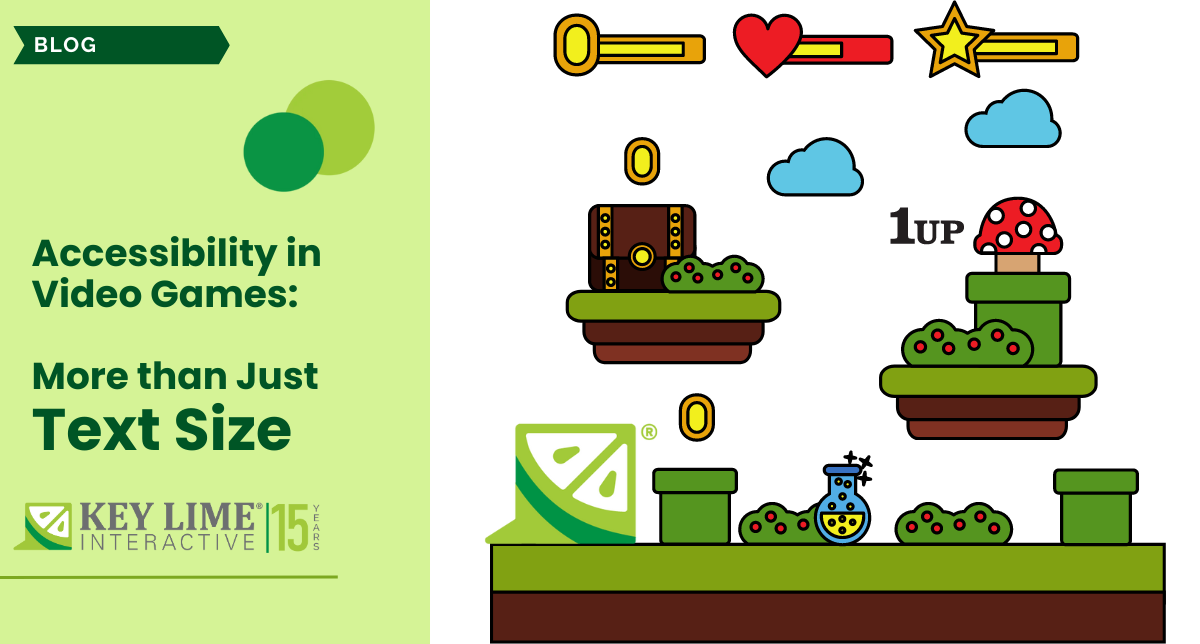
Last week, we discussed the importance of applying UX research and principles to the design process of RPA’s. To quickly recap, RPA’s are the use of “software robot”, or other specialized computer programs that can carry out various different kinds of repeatable processes that previously required humans to do. Many believe that the implementation of software robotics will do away with the need to include UX research or processes. However, as discussed last week, applying UX research and design processes are more critical than ever in order to prevent a world takeover at the hands of the robots. But what exactly does this application look like?
This article will discuss two easy ways that UX research and design principles can be applied to the design of RPA’s and ultimately, other forms of software robotics.
The first step is to identify the users. While the point of RPA’s is to be able to be self-automated to carry out tasks, there are still users that need these RPA’s to carry out specific tasks in specific ways. Therefore before designing an RPA, it is important to get a clear understand of the user that will be interacting with it. This way the designers are able to understand the user's needs, desires, and issues that this RPA can assist with. It is important to remember that technology should adapt to the user, not the other way around. Through identifying the users, the UX designer can ensure that user experience is a smooth one.
The second one is to remember to prototype. Related to the UX design process, designing RPA’s requires the use of prototypes in order to be able to carry out various forms of user testing. In order to create an awesome, effective, and usable automation process, there is going to be a great deal of testing and trials. Through using prototypes, designers are able to learn about potential problems early on, and as a result, come up with potential solutions before they ever launch the final product.Just like with any design process, ensuring that the final result is usable, innovative and effective, it requires the implementation of UX design and research principles. Designing for software robotics is no different! Implementing UX design and research principles helps to ensure that the adoption of these types of technology are successful and impactful.
READ MORE: A Brief Overview of the History of Human-Computer Interaction, Incorporating a UX Strategy Into Your Business, The Idea Behind Rapid Prototyping, The Role of UX in Conversational UI










Comments
Add Comment